Mini CNC machines represent a specialized class of computer-controlled machining equipment designed for small-scale production, prototyping, and educational applications. These compact systems typically feature working envelopes ranging from 100×100×50mm to 400×400×100mm, constructed from aluminum or steel frames with linear guide systems that maintain positioning accuracy within ±0.05mm under optimal conditions. The machines employ NEMA 17 or NEMA 23 stepper motors coupled with lead screws or timing belts, delivering sufficient torque for precision movements while operating on standard 24V or 36V DC power supplies. Spindle options vary from compact 200W DC brushless motors (8,000-24,000 RPM) for light-duty work to more robust 500W water-cooled spindles capable of machining aluminum and other soft metals. Their small footprint (often under 0.5m²) and modular designs make them particularly suitable for benchtop operation in workshops, classrooms, and small businesses where space constraints prohibit full-size industrial equipment.
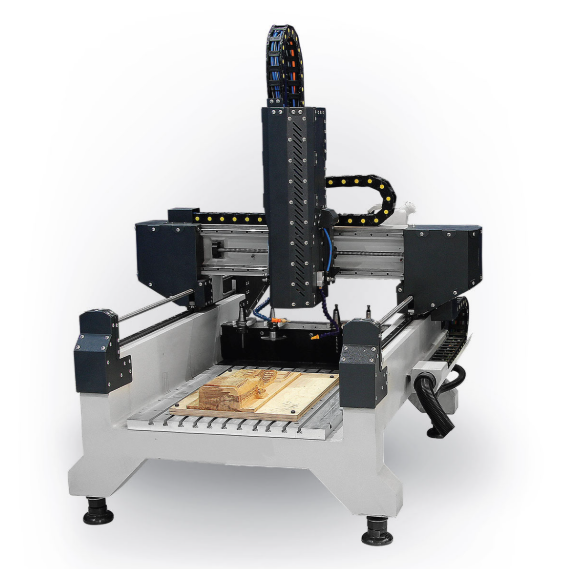
The control systems powering mini CNC machines typically utilize open-source firmware such as GRBL, Marlin, or Smoothieware, providing compatibility with standard G-code commands generated by popular CAM software like Fusion 360, Carbide Create, or Estlcam. These controllers process movement instructions with microstepping resolutions up to 1/256 of a step, translating to theoretical positioning precision of 0.001-0.005mm, though practical accuracy is often limited by mechanical factors to approximately ±0.02mm for well-calibrated machines. Many models incorporate limit switches for homing routines and workpiece zeroing, while more advanced versions feature probe inputs for automatic tool length measurement and surface mapping. The electrical systems are designed for accessibility, with most components operating at low voltages (12-36V DC) and including safety features such as emergency stop circuits and spindle overload protection. USB or wireless connectivity allows for straightforward integration with host computers, while some industrial-grade mini CNCs offer Ethernet or RS-485 interfaces for networked workshop environments.
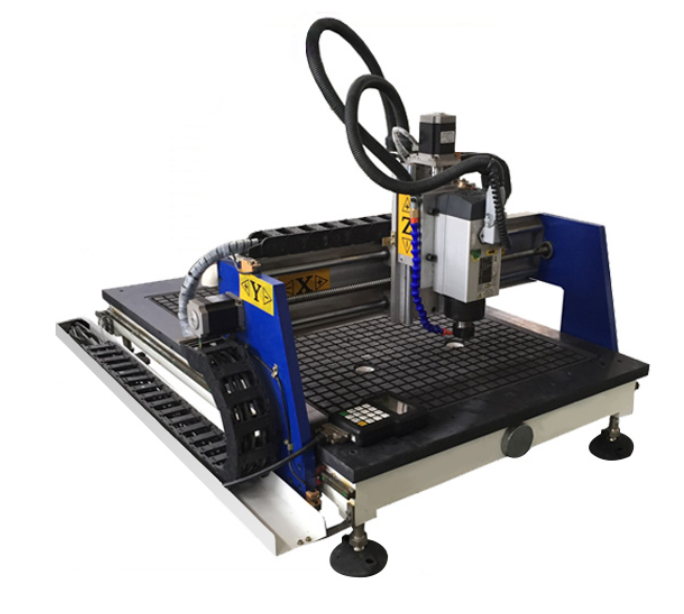
Material capabilities of mini CNC machines span a diverse range, though with inherent limitations dictated by their compact size and reduced structural rigidity compared to industrial counterparts. For woodworking applications, these machines effectively process hardwoods, MDF, and plywood at feed rates of 300-1,000mm/min using 2-6mm diameter end mills, with depth of cut typically limited to 1-3mm per pass to avoid excessive deflection. Plastic machining encompasses acrylic, polycarbonate, and ABS, where the machines achieve clean edges with minimal melting when using appropriate cutting speeds (10,000-18,000 RPM) and climb milling techniques. Metalworking capabilities focus primarily on soft metals like aluminum and brass, requiring reduced feed rates (100-300mm/min), shallower cuts (0.2-1mm depth), and often flood or mist coolant systems to extend tool life. Specialized applications include PCB milling with V-shaped engraving bits for trace isolation, wax carving for jewelry molds, and composite material trimming where the machines’ precision outweighs their size limitations.
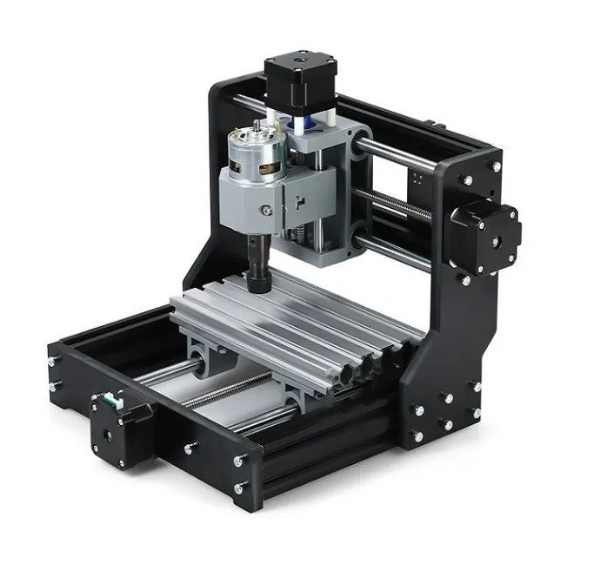
Technical constraints of mini CNC machines become apparent when pushing their performance boundaries. The relatively low-mass frames (typically 10-30kg) exhibit measurable vibration and harmonic resonance during aggressive cutting, particularly in the 80-150Hz frequency range, necessitating careful tuning of acceleration parameters (typically 300-800mm/s²) to maintain cut quality. Maximum cutting forces are generally limited to 20-50N before noticeable deflection occurs in the Z-axis assembly, restricting material removal rates compared to industrial machines. Spindle power limitations become evident when attempting to machine steel or other hard metals, where even small-diameter carbide tools require more torque than most mini CNC spindles can provide continuously. Thermal management also presents challenges during extended operation, with stepper motors and drivers requiring adequate cooling to prevent missed steps or performance degradation after 2-4 hours of continuous use. These factors dictate conservative machining strategies with multiple light passes rather than deep, single-pass cuts common on full-size industrial routers.
Industrial and educational applications of mini CNC machines have expanded significantly as their capabilities have improved. In product development labs, engineers use these machines for rapid prototyping of small components, verifying designs before committing to expensive production tooling. Jewelry manufacturers employ them for wax mold fabrication, taking advantage of the machines’ precision to create intricate patterns with 0.1mm feature resolution. The electronics industry utilizes mini CNCs for prototyping circuit boards, where their ability to mill 0.2mm traces meets most development needs. Educational institutions have widely adopted these machines for STEM programs, as their safety features (low-voltage operation, enclosed designs) and simplified maintenance make them ideal for teaching CNC fundamentals. Even professional workshops increasingly use mini CNC machines for specialized tasks like custom engraving, small-part production, and secondary machining operations where their precision outweighs their size limitations.
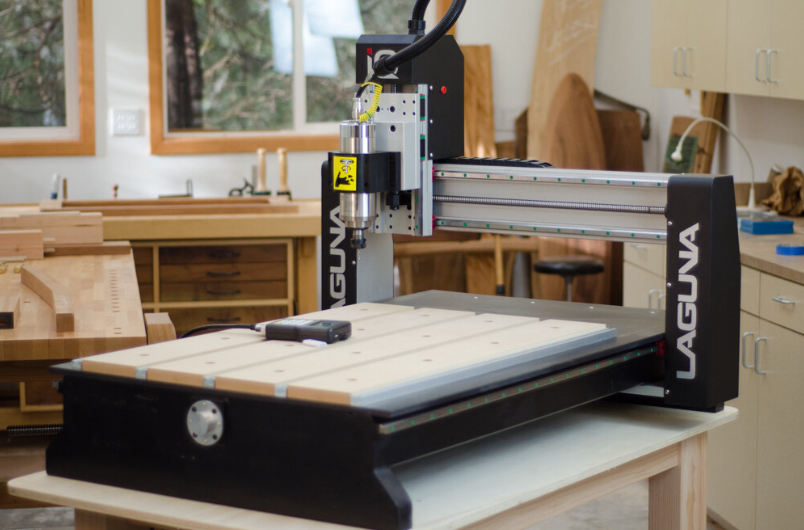
Recent technological advancements have enhanced mini CNC machine capabilities while maintaining their compact form factors. Improved motion control algorithms now compensate for mechanical backlash in real-time, improving achievable accuracy by 30-50% compared to earlier generations. Hybrid machines combining 3D printing and CNC milling in a single platform have emerged, allowing both additive and subtractive processes on one machine. Laser module integration (typically 5-15W diode or CO2 lasers) expands functionality to include engraving and cutting of thin materials without changing setups. Automatic tool changers are appearing on premium models, enabling uninterrupted machining with multiple tools – though currently limited to 2-4 tool positions due to space constraints. Wireless operation through Wi-Fi or Bluetooth connectivity eliminates cable management issues in crowded workspaces, while improved vibration-damping feet and frame designs reduce noise levels to 60-70dB during operation.
The market offers various configurations of mini CNC machines tailored to specific user needs. Entry-level models (under $500) typically feature 200-300W spindles and basic GRBL controllers suitable for wood and plastic machining. Mid-range options ($800-$1,500) incorporate more powerful 500W spindles, improved linear guides, and enhanced control systems capable of aluminum machining. Professional-grade mini CNCs ($2,000-$5,000) approach industrial performance with features like ATC systems, high-frequency spindles (up to 1.5kW), and rigid steel frames that minimize vibration. Modular designs allow users to upgrade components over time – common enhancements include adding fourth-axis rotary attachments for cylindrical work, installing high-resolution cameras for vision-assisted alignment, or retrofitting more powerful controllers for advanced motion control. This flexibility makes mini CNC machines particularly appealing for growing businesses that need to scale capabilities without replacing entire systems.
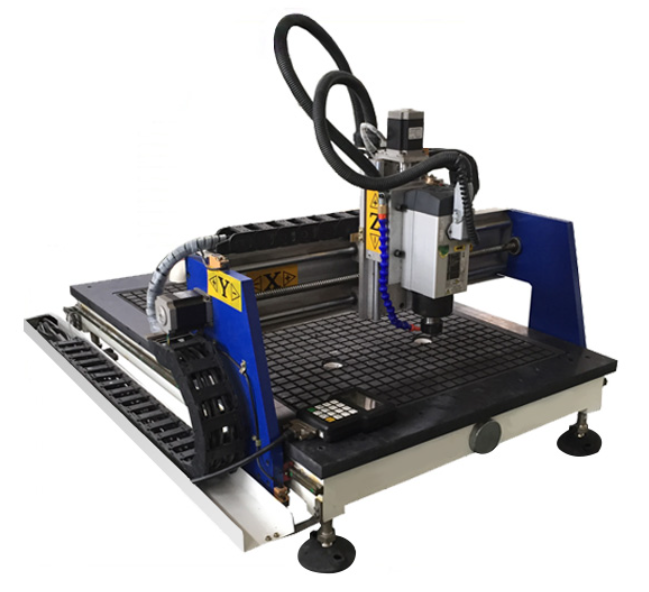
Proper operation and maintenance practices significantly impact mini CNC machine performance and longevity. Regular lubrication of linear guides and lead screws with machine oil (ISO VG32-68) prevents premature wear and maintains smooth motion. Periodic calibration checks – including step-per-mm verification, squareness testing, and spindle runout measurement – ensure continued accuracy. Tooling selection plays a critical role, with carbide end mills outperforming HSS tools in most mini CNC applications due to their ability to maintain sharp edges at the high spindle speeds these machines typically operate. Dust collection systems are strongly recommended, as the small work envelopes quickly accumulate chips that can interfere with motion systems. When machining metals, mist coolant systems dramatically improve tool life and surface finish, though require careful containment to prevent electrical issues in these compact machines. Following manufacturer-recommended maintenance schedules and operating parameters typically yields 3-5 years of reliable service from quality mini CNC equipment.
Future developments in mini CNC technology promise to further bridge the gap between desktop convenience and industrial capability. Advances in harmonic drive and direct-drive motor technologies may eliminate backlash issues entirely while improving power transmission efficiency. Smarter control systems incorporating machine learning algorithms could automatically optimize feed rates and toolpaths based on real-time load monitoring. Improved spindle designs may deliver higher torque in compact packages, potentially enabling steel machining in future generations. The integration of augmented reality interfaces could simplify machine setup and troubleshooting for novice users. As material science progresses, stronger and lighter frame materials may allow for increased rigidity without sacrificing the machines’ compact footprints. These innovations will continue to expand the applications where mini CNC machines provide viable alternatives to full-size industrial equipment while maintaining their accessibility to small businesses, educational institutions, and individual makers.




